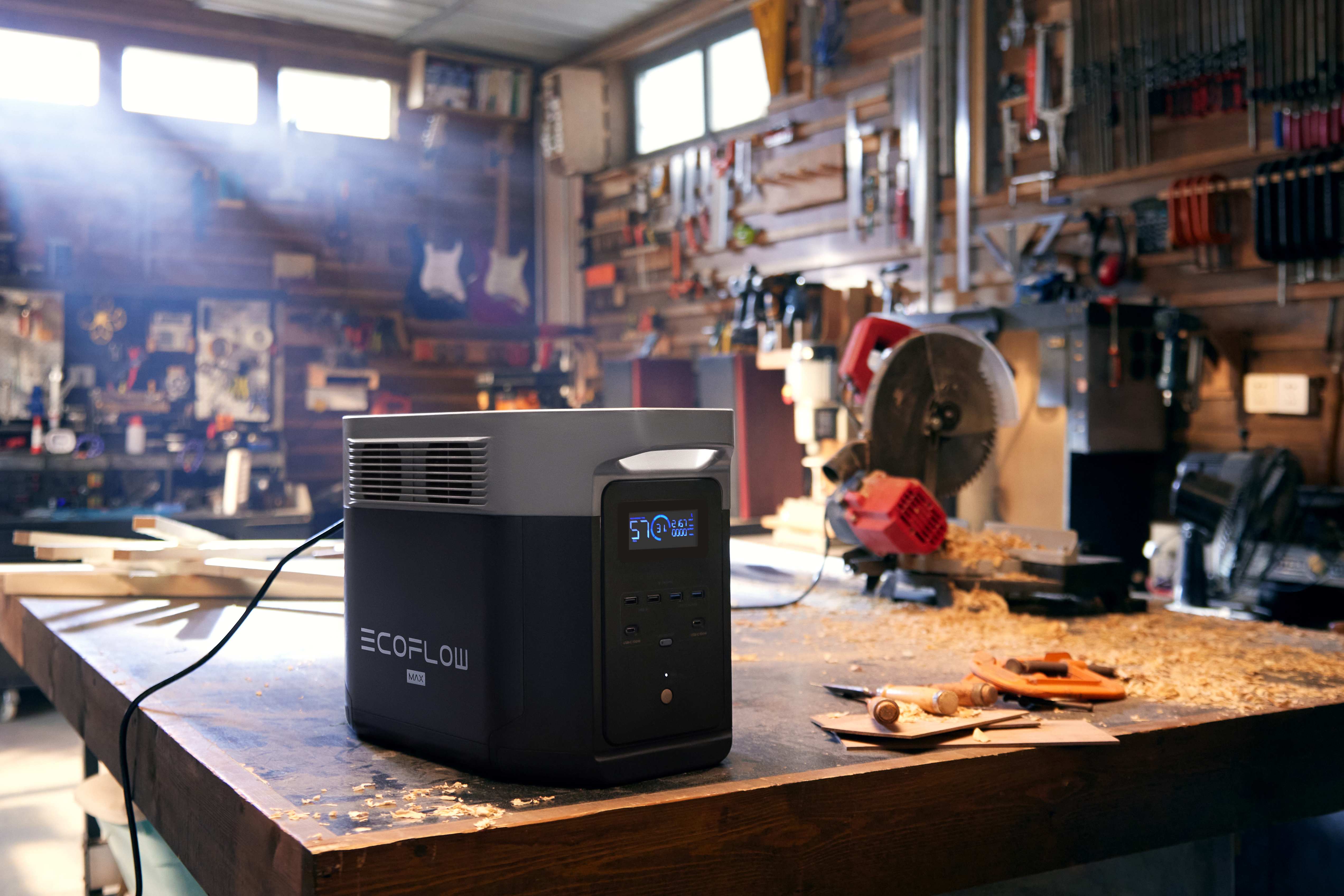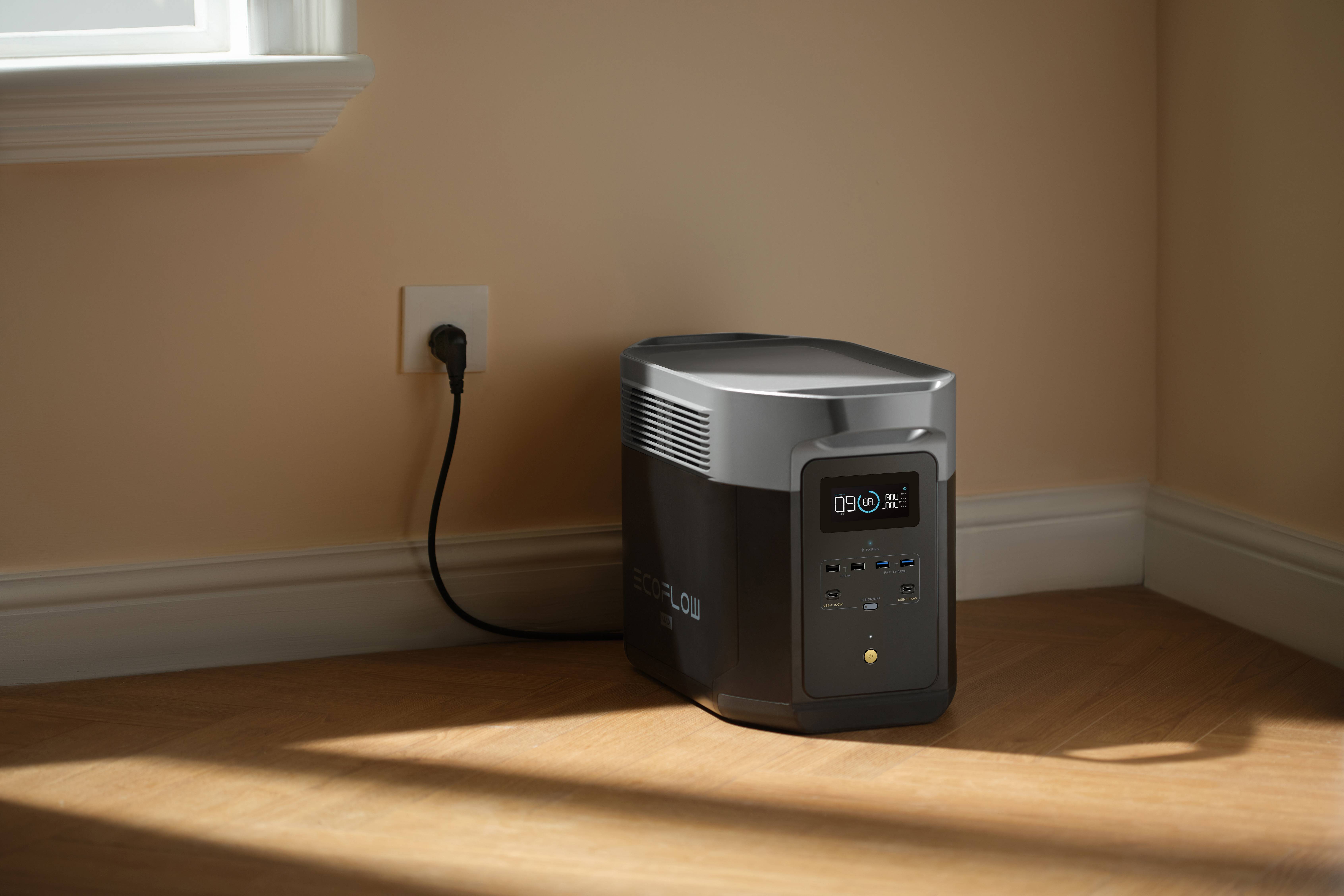The Ultimate Guide to Fall Yard Cleanup
- The Core Activities That Define Fall Yard Maintenance
- Tree and Shrub Care for the Dormant Season
- Power Solutions That Enable Modern Yard Cleanup
- Garden Bed Preparation for Winter Dormancy
- Equipment Maintenance and Outdoor Lighting Systems
- Hardscape Elements and Structural Components
- A Strategic Approach to Fall Cleanup Scheduling
- Resource Generation Through Yard Cleanup Activities
- Start Your Fall Yard Transformation Today
As autumn comes with its colorful leaves and cooler weather, you should give your outdoor space some careful thought to get it ready for winter. Fall yard cleanup is more than just keeping things neat. It protects your landscaping investment, encourages healthy spring growth, and makes your yard feel welcome all season long.
The Core Activities That Define Fall Yard Maintenance
Preparing the yard for fall includes a number of important tasks. These jobs lay the groundwork for a lush landscape in the spring.
Late-Season Mowing
The grass keeps growing until the first hard frost. Regular cutting is still needed in the fall. With each cut, you should lower the height of your mower blade a little more. At about two inches, the season should be over. This stops snow mold from growing. It also makes it harder for pests to hide in the winter.
It is best to make the last cut right before the ground freezes. Your lawn then enters dormancy at an optimal height. How well spring recovery works depends on this time.
Leaf Management Strategies
Leaf management stands as perhaps the most iconic fall yard cleanup activity. Those colorful leaves create stunning autumn displays. However, leaving them to accumulate on your lawn suffocates grass. They block sunlight and create breeding grounds for diseases and pests.
You have several options available. Rake and bag them for collection. Use a leaf blower to consolidate piles. Mulch them directly into your lawn with a mulching mower. Each method has merit depending on your yard size and leaf volume. The key is removing them before they mat down and kill the grass beneath.
Tree and Shrub Care for the Dormant Season
Tree and shrub maintenance during fall serves both aesthetic and health purposes. Late autumn provides an ideal window for pruning many species. They have entered dormancy by this time. They won't experience the stress that warm-season pruning causes.
Removing Problematic Branches
Focus on removing dead, diseased, or damaged branches first. These compromised limbs can break under snow and ice weight. They potentially cause property damage or create safety hazards. Dead wood offers no benefit to the tree. It simply drains resources and invites pests.
Strategic pruning also improves air circulation. Better light penetration reduces disease susceptibility. However, avoid aggressive pruning of spring-flowering shrubs in fall. You'll remove next season's buds. Save those for post-bloom trimming.
Equipment Needs for Larger Jobs
Larger branches require power saws and serious cutting tools. Hand pruning works fine for small twigs. Substantial limbs demand more robust equipment. Ensure you have reliable electricity access throughout your property. This becomes especially important for extended pruning sessions in different yard areas.
Power Solutions That Enable Modern Yard Cleanup
Modern yard cleanup relies heavily on power tool kits and electric equipment. These tools make formerly laborious tasks manageable. Leaf blowers, hedge trimmers, chainsaws, and electric rakes dramatically reduce physical strain. They also cut the time required for fall maintenance.
The Mobility Challenge
The challenge often lies in powering these tools throughout expansive properties. Extension cords create tripping hazards. They also limit mobility significantly. Gas-powered alternatives require fuel storage. They produce emissions and need regular maintenance. Neither option provides ideal convenience.
Flexible Power Options
A portable power station offers an elegant solution. The DELTA 2 Max provides clean electricity wherever your yard cleanup takes you. With its substantial capacity, it powers everything from leaf blowers to string trimmers throughout extended work sessions. You avoid the constraints of wall outlets. You also skip the drawbacks of gas engines. These units deliver reliable energy for tackling fall maintenance tasks across even larger properties.
When selecting tools for yard maintenance, consider battery compatibility. Think about the runtime you'll need for your property size. Some homeowners maintain multiple batteries in rotation. Others prefer corded tools paired with flexible power solutions. This eliminates battery management altogether.
Garden Bed Preparation for Winter Dormancy
Your garden beds require specific attention before winter arrives. The work you do now determines spring success. These areas need careful assessment and targeted maintenance.
Cutting Back Perennials
Cut back perennials that have finished flowering. Remove dead foliage that can harbor pests and diseases. This prevents problems from overwintering in your beds. However, leave ornamental grasses standing. Keep plants with interesting seed heads. They provide winter visual interest. They also offer food sources for birds.
Mulching Timing and Technique
Apply a fresh layer of mulch after the ground begins freezing. This timing prevents rodents from nesting in warm mulch. It still provides root insulation. Two to three inches of organic mulch helps moderate soil temperature fluctuations. It reduces frost heaving and suppresses early spring weeds.
Annual Plant Removal
Remove annual plants entirely. They won't survive winter anyway. Add them to your compost pile if disease-free. Dispose of diseased material in yard waste collection. This prevents pathogen spread to next season's plants. Clear away fallen fruit from trees. Rotting fruit attracts pests. It also creates slippery hazards on walkways.
Equipment Maintenance and Outdoor Lighting Systems
Your tools and lighting deserve attention as the season winds down. These items support your outdoor space year-round. Proper care extends their lifespan significantly.
Tool Cleaning and Storage
Clean all tools thoroughly after completing your yard cleanup. Remove grass clippings, sap, and debris. These materials can corrode metal and dull blades. Sharpen cutting implements so they're ready next season. This prevents rust formation during storage.
Drain fuel from gas-powered equipment completely. Alternatively, add fuel stabilizer to prevent carburetor damage. Store tools in a dry location. Moisture causes rust and deterioration.


Lighting System Updates
Outdoor lighting deserves attention too. Fall's shorter days mean you'll rely more heavily on illumination. Clean fixtures thoroughly. Replace burned-out bulbs before you need them most. Check for damaged wiring that could pose safety risks.
Consider upgrading to LED options. They consume less electricity and last significantly longer. If you're adding new lighting features, consider power needs carefully. Temporary illumination for evening cleanup work requires flexible solutions. You may not want to install permanent circuits for occasional use. The DELTA 2 Max portable power station excels in this scenario, providing reliable electricity for work lights and tools without running extension cords from the house. Its multiple outlets accommodate several devices simultaneously, letting you power cleanup equipment and lighting together as daylight fades during those shorter autumn evenings.
Hardscape Elements and Structural Components
Your yard cleanup should extend beyond plants and grass. Hardscape elements need fall attention too. These features face harsh winter conditions.
Surface Inspection and Repair
Inspect patios, walkways, and driveways carefully. Look for cracks or damage. Water infiltration could worsen these issues through freeze-thaw cycles. Small cracks become major problems when water freezes inside them. Address minor repairs now before winter amplifies the damage.
Drainage System Maintenance
Clean gutters and downspouts thoroughly. Clogged drainage systems cause ice dams and water damage. This task often requires power tools. Wet-dry vacuums enable efficient debris removal from hard-to-reach sections. Your gutters handle significant water volume. They must function properly to protect your home.
Pressure Washing Benefits
Pressure washing decks and patios before winter removes accumulated grime. It eliminates algae and mildew. This prevents slippery surfaces and preserves material longevity. Store or cover outdoor furniture to prevent weather damage. Drain garden hoses, sprinkler systems, and outdoor faucets. This avoids burst pipes from freezing water.
A Strategic Approach to Fall Cleanup Scheduling
Successful fall yard cleanup doesn't happen in a single weekend marathon. That approach leads to exhaustion and incomplete work. Break tasks into manageable segments instead. Spread them across several weeks for better results.


Priority Task Sequencing
Start with time-sensitive items first. Final mowing and leaf removal come early. Then progress to pruning and garden bed preparation. These tasks wait until trees fully enter dormancy. This sequence ensures nothing gets missed.
Weather Considerations
In order to make plans, keeping an eye on the weather becomes essential. Pick dry days to get rid of leaves and spread mulch. It is easier for leaves to mat when they are wet. Don't prune until it's warm outside and it's easy to handle the tools. It's hard to cut twigs cleanly when they are frozen.
Make sure your power tool kits are ready and charged. When unexpected warm times happen, they make great working windows. You should take advantage of these chances right away. Watch for the first frost date in your area. From that due date, work backwards. Before the ground freezes, there are many things that need to be done.
Resource Generation Through Yard Cleanup Activities
Fall yard cleanup creates materials you can recycle into valuable resources. Waste becomes opportunity with the right perspective. Your cleanup debris has multiple beneficial uses.
Organic Material Recycling
Shredded leaves make excellent compost additions. They can be used directly as mulch around trees and shrubs. Smaller pruned branches can be chipped for pathway mulch. Larger pieces might fuel a fire pit or outdoor fireplace. Nothing needs to leave your property as waste.
Wildlife-Friendly Considerations
You might want to leave some places alone on purpose. Small piles of brush give good bugs a place to live. They keep small animals warm during the winter. Birds eat seed heads that are left standing over the winter. Finding a balance between cleanliness and caring for the environment makes scenery better. The result is a beautiful and eco-friendly yard.
Start Your Fall Yard Transformation Today
A thorough fall yard cleanup has benefits that go far beyond how nice it looks. Your landscaping is safe from cold damage because you're taking care of it. Pest and disease problems won't happen because you eliminate them. It will be easy for spring to come when you do this. When snow covers your well-kept yard, you'll be glad you did all that work. When spring comes around, your lawn will be greener and your plants will be stronger than ever.